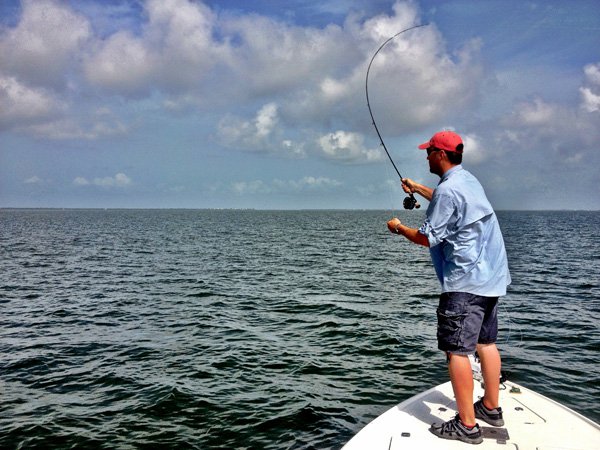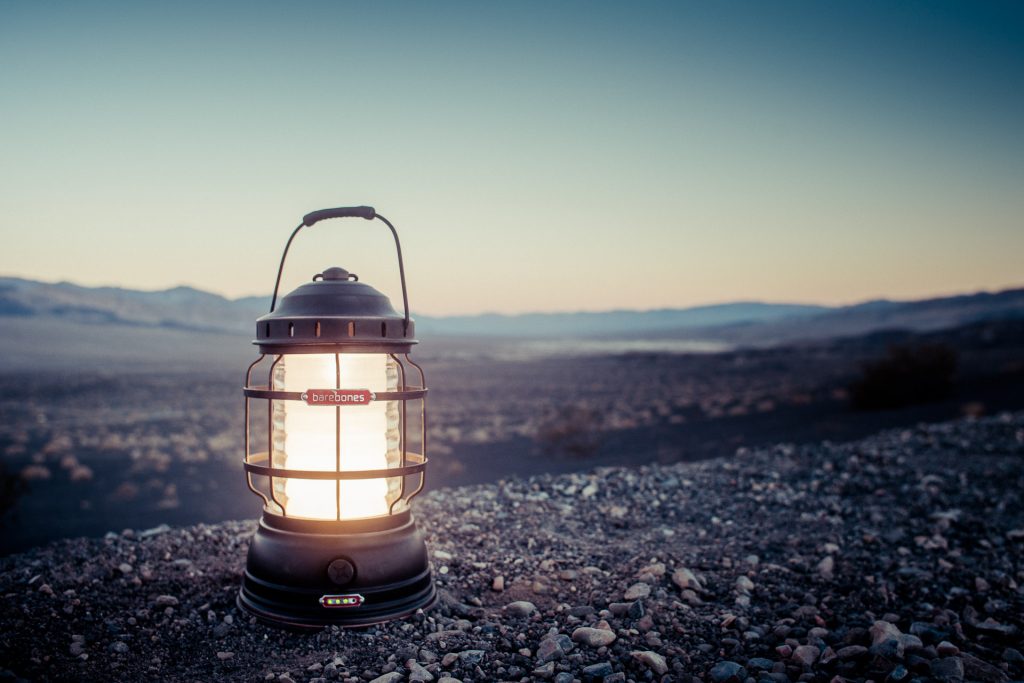Caddis pattern
Question
I like to fish nymphs, but seem to struggle identifying good sub-surface caddis patterns. Can you recommend some standards patterns to be used in Utah, Idaho, Montana, and Wyoming?
Answer
Hi Kraig -=- sorry for the delay, I don't always know the actual *names* of many of the fly patterns I tie and use.
I can help with Colorado, Wyoming and Idaho in any case. And every Fall I travel to Idaho to fish the Lochsa and Selway for cutthroat during the annual hatch of giant caddis!
Since I always cover the water from top to bottom, that's how I'll present the flies too.
I know you said sub-surface, but I've found a trick for surface caddis -- use an emerger pattern, where the body of the fly hangs down under the water. A Klinkenhamer works great for this. Here's my article about how to tie the fly I use for Idaho (the yellow Dipper), I tie them in yellow, gray, tan and orange, you never know exactly what color the caddis will be each year.
http://www.flyanglersonline.com/flytying/fotw2/120406fotw.php
For the emergent / spent stage, I'm very fond of soft hackle wet flies, flymphs, and so on. Fish them with floating line, on the downstream swing in a river, where they will be 1-2 feet deep, and 'swim' for the surface on the swing. Your basic march brown or hare's ear softhackle will do the trick, but again keep a variety of colors tied up. If you need a little more depth, a glass (not metal) bead head can help, depends on how fast the water is.
For the pupa stage, I am a great fan of the bright green sparkle caddis pupa with a brass bead head. Made to be dead drifted subsurface, but always seems to work on the swing too. There are again many, many colors you can try -- orange is another good one besides the bright green, you can also try dark green.
For caddis larvae, I use 2 tactics choosing flies -- the drifting larva, and the cased, drifting larvae (the fish don't seem to mind eating the rocks in the case). For these I'm almost always tying on 2x or 3x long hooks. I'm very fond of glass beads for both of these; green beads with dubbing are excellent, and for the cased version I like green, brown and yellow beads. Another good pattern is the buckskin caddis larva (body wrapped with chamois or other light tan leather, peacock head, feather beard underneath).
As always, seine the stream and look under the rocks to see what colors the natural nymphs are. The buckskin caddis seems to work even if the naturals are dark; I chalk this up to the fact that many caddis are quite light in color right after they emerge from their cases, then quickly darken. I suppose the light color indicates a 'fresh meal' to the fish!
I hope that helps -- Tight lines!
Do check out the Lochsa during late september / early october -- it's a treat fishing the clear water, the scenery is awesome, and the fish are hungry. And the average size of the caddis flies you'll be using are #4 to #8 3x long -- 10 is generally WAY too small for these huge bugs!
DAN FINK
Bass on a fly
Fly Tying vise


